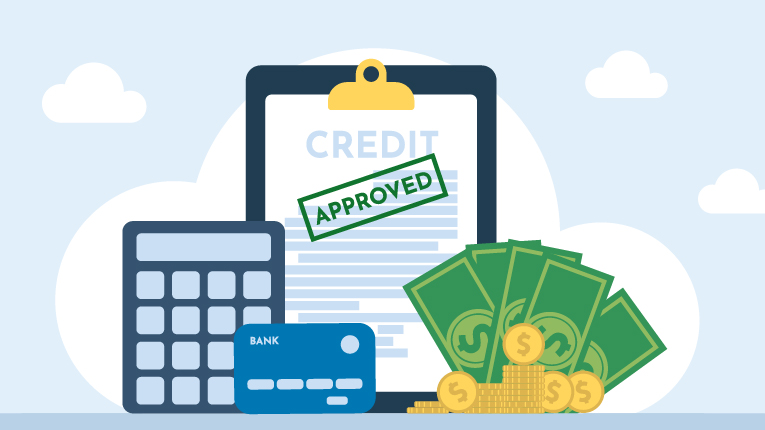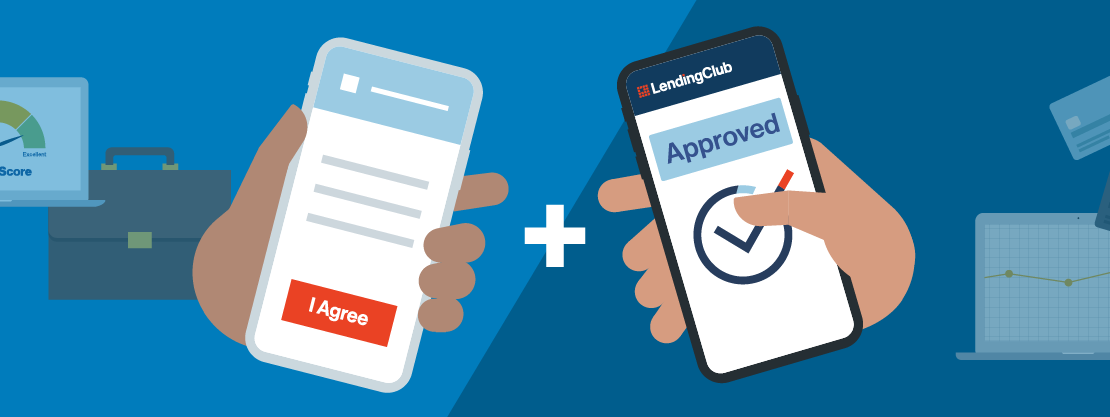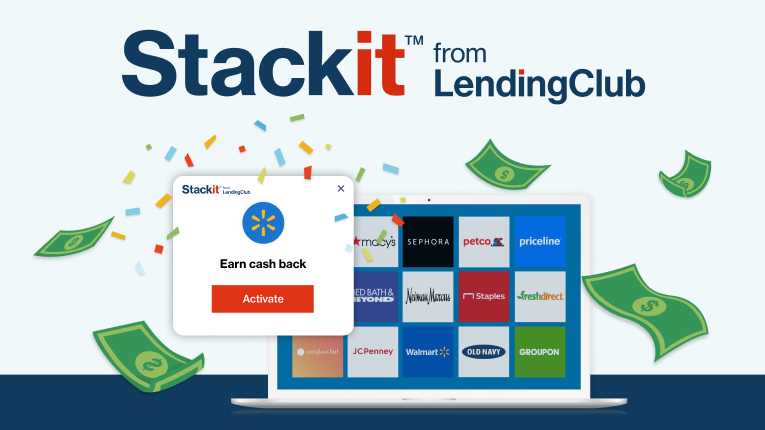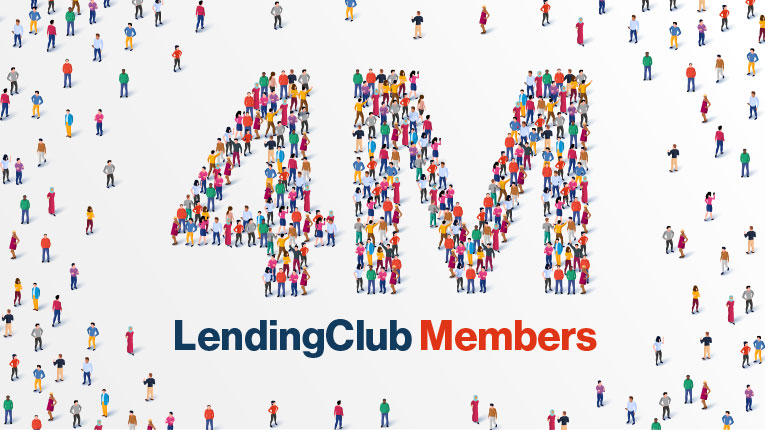How Many Times Can You Consolidate Debt?

Using fixed, low-interest credit to refinance variable, high-interest credit card balances can be a smart financial move. This practice, known as debt consolidation, can simplify your monthly finances, make your payments more predictable, and save you money on the cost of borrowing.If you’ve consolidated debt with a personal loan once and liked the results, you may be wondering if you should get a second (or a third) debt consolidation loan. Here’s what you need to know about obtaining multiple debt consolidation loans.
What Is Debt Consolidation?
Debt consolidation means refinancing credit card balances, existing loans, medical debt, or other obligations into a single loan. You can use a zero-interest credit card balance transfer offer, a home equity loan or a personal loan that lets you pay back your debt in regular monthly installments. Many debt consolidation loans offer fixed interest rates and a defined loan term, typically two to five years, after which your debt is repaid.
What are the Benefits of Debt Consolidation vs. Credit Cards?
Debt consolidation can simplify your finances, lower your interest costs, convert variable credit card interest rates to a single fixed rate, and create a defined plan for paying down debt.
Credit cards are a convenient way to pay for both everyday goods and big-ticket items, and
when the cost of living rises, credit cards can help bridge the gap. However, credit card debt can pile up fast.
Revolving credit card debt can become overwhelming. If you carry a balance, that balance can grow quickly if you use your card to cover expenses—and as high interest charges compound. Rising interest rates can drive up your costs even further, increasing your monthly payment and ultimately adding to your debt.
Using a balance transfer credit card to shift high-interest balances to a new card with a 0% introductory APR can save you on the cost of interest but making the most of a balance transfer requires having the means and discipline to pay down all or most of that balance without adding any new debt before the intro rate expires. Depending on the transfer card’s borrowing limit and the amounts of the balances you’re transferring, you could end up with high utilization on the intro card. Carrying a balance of more than about 30% of a card’s limit can hurt your credit scores.
Consolidating multiple credit card balances into a single fixed-rate loan can make managing your debt simpler and more predictable. Here are a few of the benefits:
One monthly payment instead of many (assuming you have only one debt consolidation loan at a time)
Fixed interest rate vs. variable rates
Lower interest rates, typically, than you’ll find on most credit cards
Regular monthly payments that don’t vary over the life of the loan
Pre-set payoff period, so your debt has an established endpoint
By making it easier to meet your monthly payments and pay down debt, debt consolidation may also help you maintain your good credit. Budgeting and planning are predictable: You know exactly how much your monthly payments will be and how long you’ll need to make them. Lower credit card balances also mean lower credit utilization, which can benefit your credit scores.
Is It Possible to Get Multiple Debt Consolidation Loans?
You can have more than one debt consolidation loan at a time, but you’ll need to follow your lender’s guidelines. Some lenders limit the number of loans you can have at one time, or how soon you can apply for a second loan after receiving the funds from the first. If you’ve had problems making your payments on time, this may also affect your eligibility. LendingClub Bank doesn’t limit the number of debt consolidation loans you can have, though members are limited to $50,000 in total loans at once.
To get an additional loan, you’ll need to qualify. Your lender can help you understand your options. Interest rates may have changed since you last applied for a debt consolidation loan. Your credit score and income will also be a factor. Getting prequalified with your lender can give you the specifics you need. Find out:
Your interest rate
What loan amount you could qualify for
Your monthly payment
Once you know your options, you can decide how helpful a new loan might be.
Is Consolidating Debt More Than Once a Good Idea?
If debt consolidation is helping you stick to a payment plan and manage your debt successfully, consolidating new credit card balances for a second or third time might be appealing. You’ll see the same benefits you saw with your first debt consolidation loan. And, as a bonus, you’ll know what to expect as you navigate the process. But is debt consolidation a good idea when you do it more than once? Consolidating debt more than once can be a good idea, but you may want to proceed with caution. Here’s why:
Debt consolidation can clear the decks for additional credit card debt.
Say you’ve refinanced $10,000 in credit card debt to a debt consolidation loan. That freed up the credit lines on your cards, allowing you to accumulate another $10,000 in credit card balances. While consolidating those new credit card balances into another loan would make them more manageable, your debt isn’t decreasing; it’s growing.
Debt consolidation doesn’t automatically lead to a new round of credit card debt, of course, but it has the potential to open the door to new debt if you aren’t careful.
Debt consolidation won’t resolve underlying money issues.
Moving your revolving credit card balances to a fixed-rate loan can help you reset your finances. But it won’t solve any underlying problems that may be causing you to over-use credit. If monthly payments are a struggle–on credit card balances or a combined debt consolidation–you may be at risk for falling behind and damaging your credit. Consider retracing your steps to see where you can eliminate spending, meet your monthly expenses, boost your income, and resist using credit going forward.
The Bottom Line
Debt consolidation isn’t an unlimited resource. Eventually, if you’ve run up too much debt or are stretched too thin, your access to new funds may be limited. Working with your lender can help you understand your options, given current interest rates, your credit profile, and the new debt you’ve added since your last loan approval.
Does debt consolidation work the second time around? The answer may depend on how you use it–not just how often. Debt consolidation should advance your financial goals. A second (or third) debt consolidation can simplify your finances, boost your credit, and improve your financial health by helping you make on-time payments, lowering your interest costs, and steadily reducing your debt.If it’s moving you toward these goals, a new debt consolidation personal loan could be worth considering.
You May Also Like












